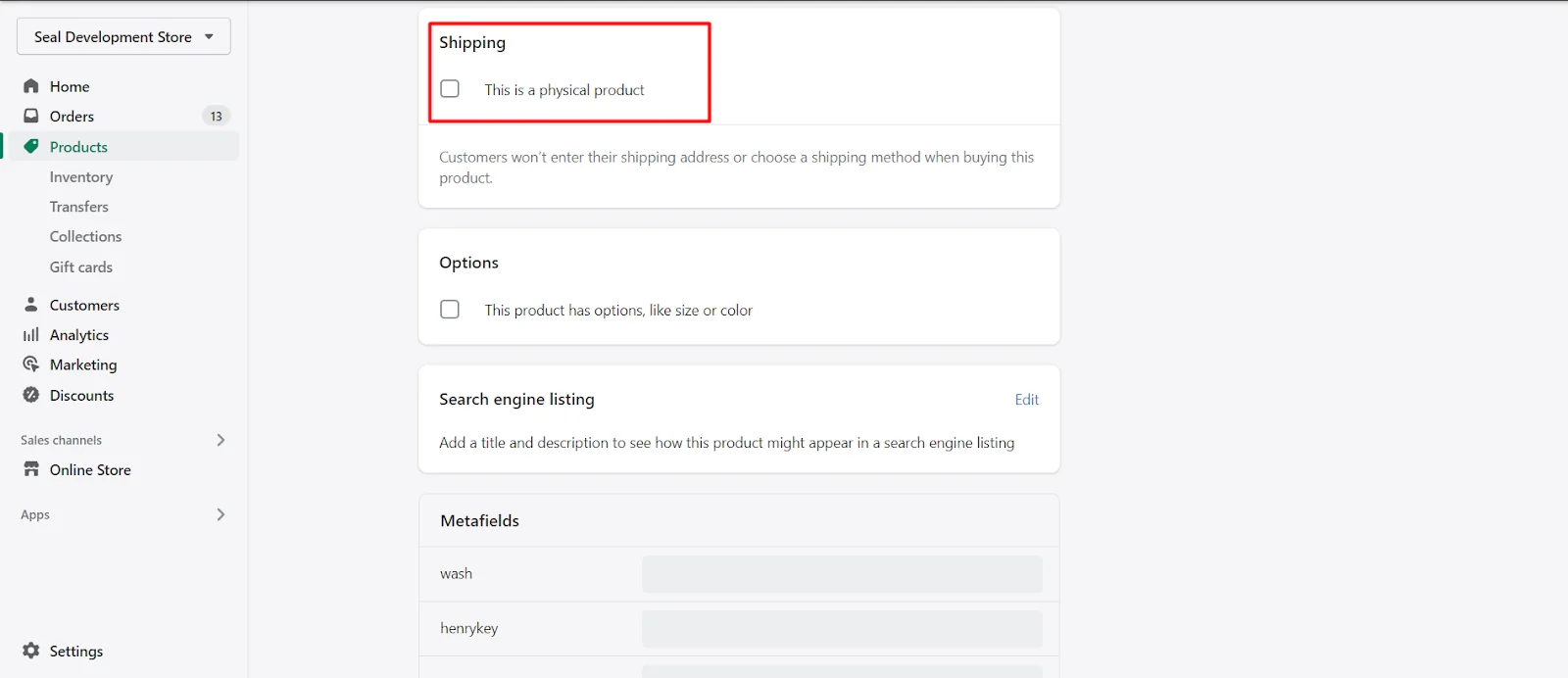Selling digital products on Shopify is one of the easiest ways to start and grow an online business. Unlike physical products, digital goods like eBooks, courses, or templates don’t need inventory or shipping—just create once and sell them over and over.
In this guide, I’ll walk you through the steps to set up your Shopify store, market your products, and optimize for success. Ready to turn your digital creations into a thriving business?
What are Digital Products?
A digital product is something you sell online that customers can download or use without needing a physical item. Common digital products include eBooks, online courses, music, software, and design templates. They’re popular because once they’re created, you can sell them over and over without needing to restock, making them easy to scale and cost-effective.
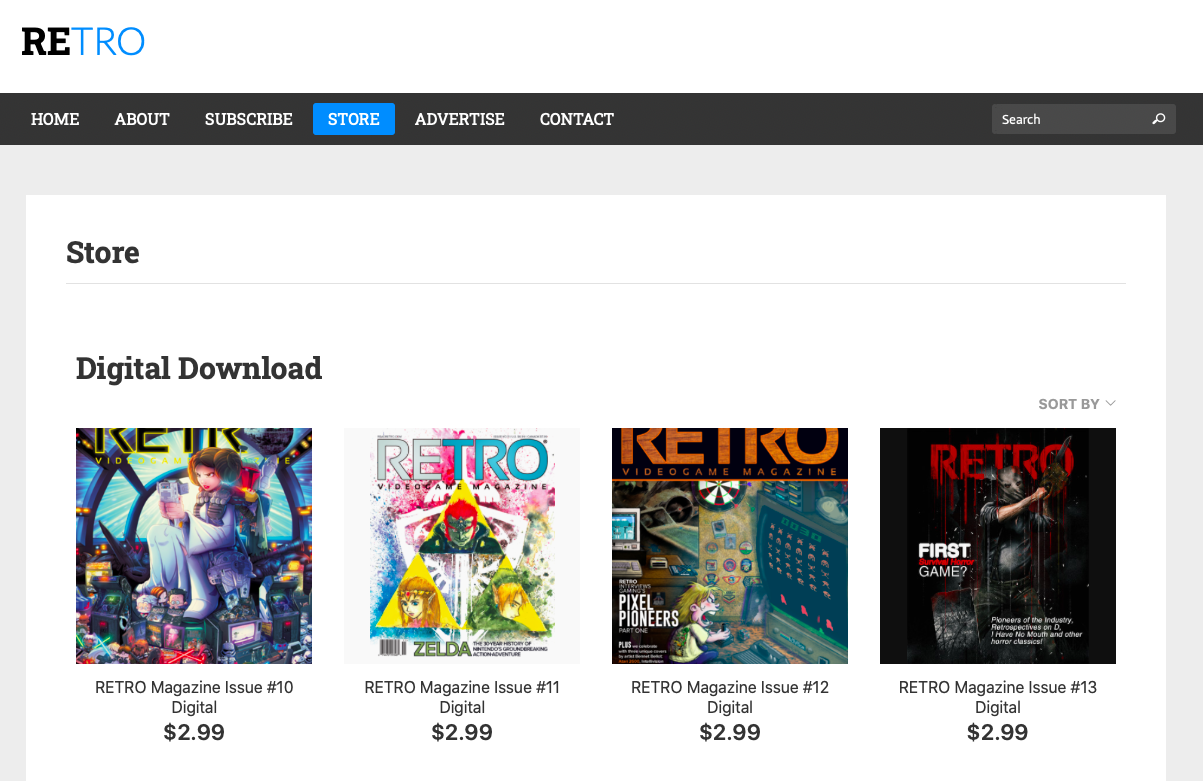
So, can you sell digital products on Shopify? Yes, you can, and Shopify is one of the most popular platforms for selling digital products. It’s easy to use, has tools that allow you to upload and deliver digital products automatically, and supports multiple payment options.
Why Sell Digital Products on Shopify?
So, why should you consider selling digital products on Shopify? Let’s explore the key reasons why Shopify is the ideal platform for your digital product business.
1. Low Overhead Costs
One of the biggest advantages of selling digital products is the significant reduction in costs. You don’t need to worry about manufacturing, storing, or shipping physical goods, which means there are no warehousing fees, packaging costs, or shipping delays. Once you create the product, it can be sold over and over again without additional production expenses.
This setup allows you to enjoy higher profit margins compared to physical products, making it a low-risk business model with potentially high rewards.
2. Automated Delivery and Seamless Integration
Shopify offers seamless integration with apps like Digital Downloads and SendOwl, which automatically deliver digital products to customers immediately after purchase. This automation reduces manual effort and ensures a smooth user experience. It also minimizes the risk of errors or delays that could occur with physical product shipping.

With the automation provided by Shopify, you can focus more on marketing and scaling your business instead of dealing with logistics.
3. Scalability Without Inventory Limitations
Unlike physical products, digital goods don’t require inventory management. You can sell unlimited quantities without worrying about stock levels or production time. This scalability is particularly beneficial when you start to grow your business because you can serve an increasing number of customers without incurring additional costs.
Whether you have 10 or 10,000 customers, the process remains the same, allowing you to focus on expanding your reach and maximizing revenue.
Types of Digital Products to Sell on Shopify
From educational materials to creative assets, choosing the right product that resonates with your niche is crucial for success. Some common types of digital products include:
- eBooks: A popular digital product for authors, bloggers, and educators. They provide a low-cost way to share knowledge, stories, or tutorials, and can be sold repeatedly without needing physical inventory.
- Online Courses: In high demand for people looking to gain new skills or knowledge. Shopify allows you to sell course materials, videos, or access to a learning platform, making it a great way for instructors and coaches to reach a wide audience.
- Digital Art and Graphics: For artists and designers, selling digital art or graphic design templates is a great way to monetize creativity. Customers can purchase downloadable art pieces, social media templates, or design assets for personal or commercial use.
- Music and Audio Files: Musicians, sound engineers, and content creators can sell music tracks, sound effects, or audio clips. Shopify’s platform allows instant downloads, making it easy for buyers to access their purchased files immediately.
- Software and Apps: Developers can use Shopify to sell software, apps, or plugins. Whether it’s a mobile app, desktop software, or a web tool, digital delivery makes it convenient for customers to purchase and use your product right away.

How to Sell Digital Products on Shopify?
Let me show you the step-by-step process to set up your Shopify store and get your digital products out there!
Step 1: Set Up Your Shopify Store
Sign up for a Shopify account if you don’t have one. Choose a Shopify plan that suits your business needs. Take advantage of the free trial and only pay $1/month for your first 3 months to start selling with minimal upfront costs.
In your Shopify dashboard, go to Online Store > Themes.
Browse for themes that work well for selling digital products (simple and clean designs).
Install and customize your theme to match your brand.
Pick a Shopify theme that works well for selling digital products. There are specific themes designed for digital stores that focus on simplicity and user experience.
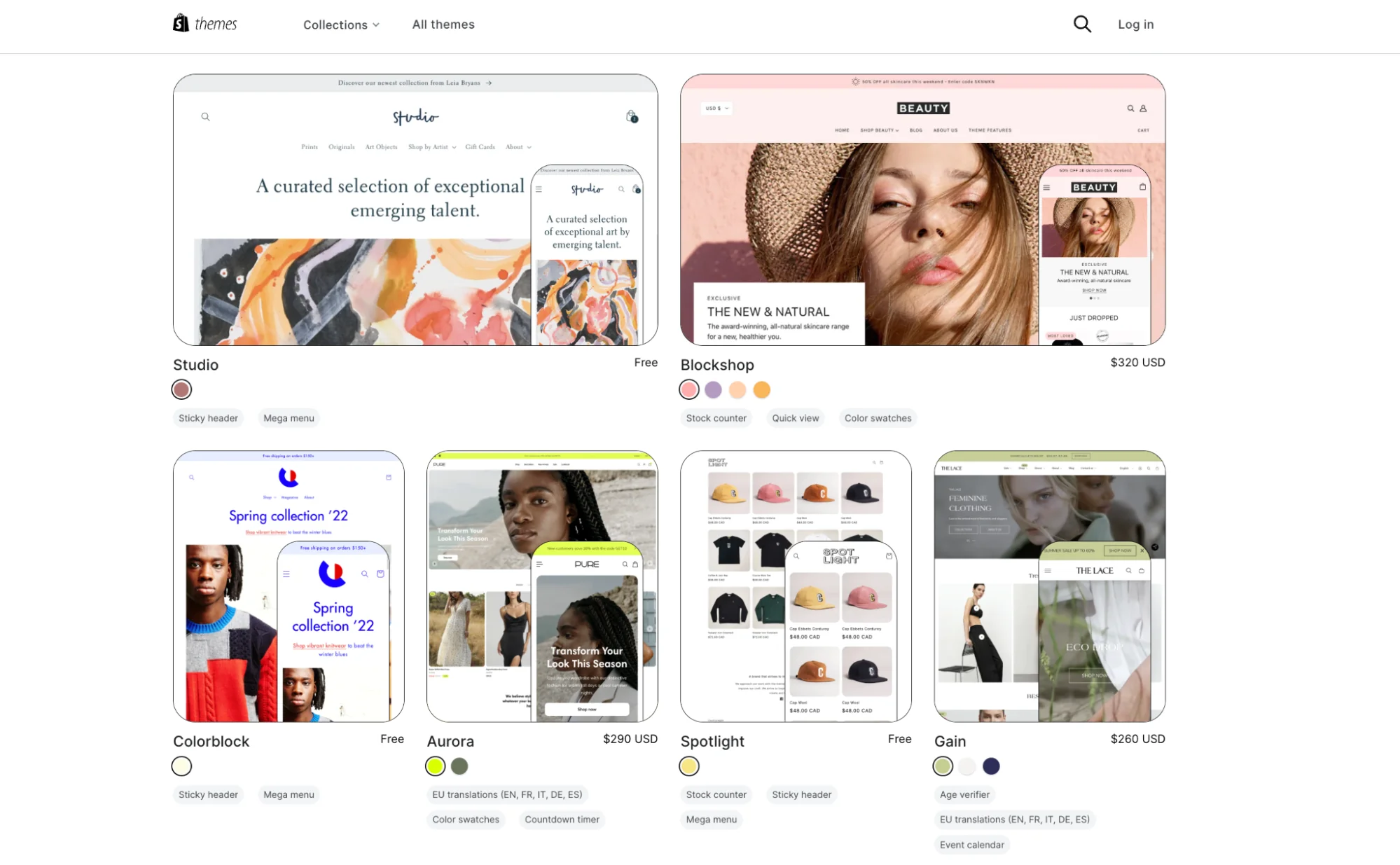
Step 2: Install a Digital Product App
Go to Apps in your Shopify dashboard.
Shopify has apps like Digital Downloads, SendOwl, or Sky Pilot that handle the automatic delivery of digital products after purchase. These apps make it easy to manage and deliver digital items, whether they are eBooks, music files, courses, or software.
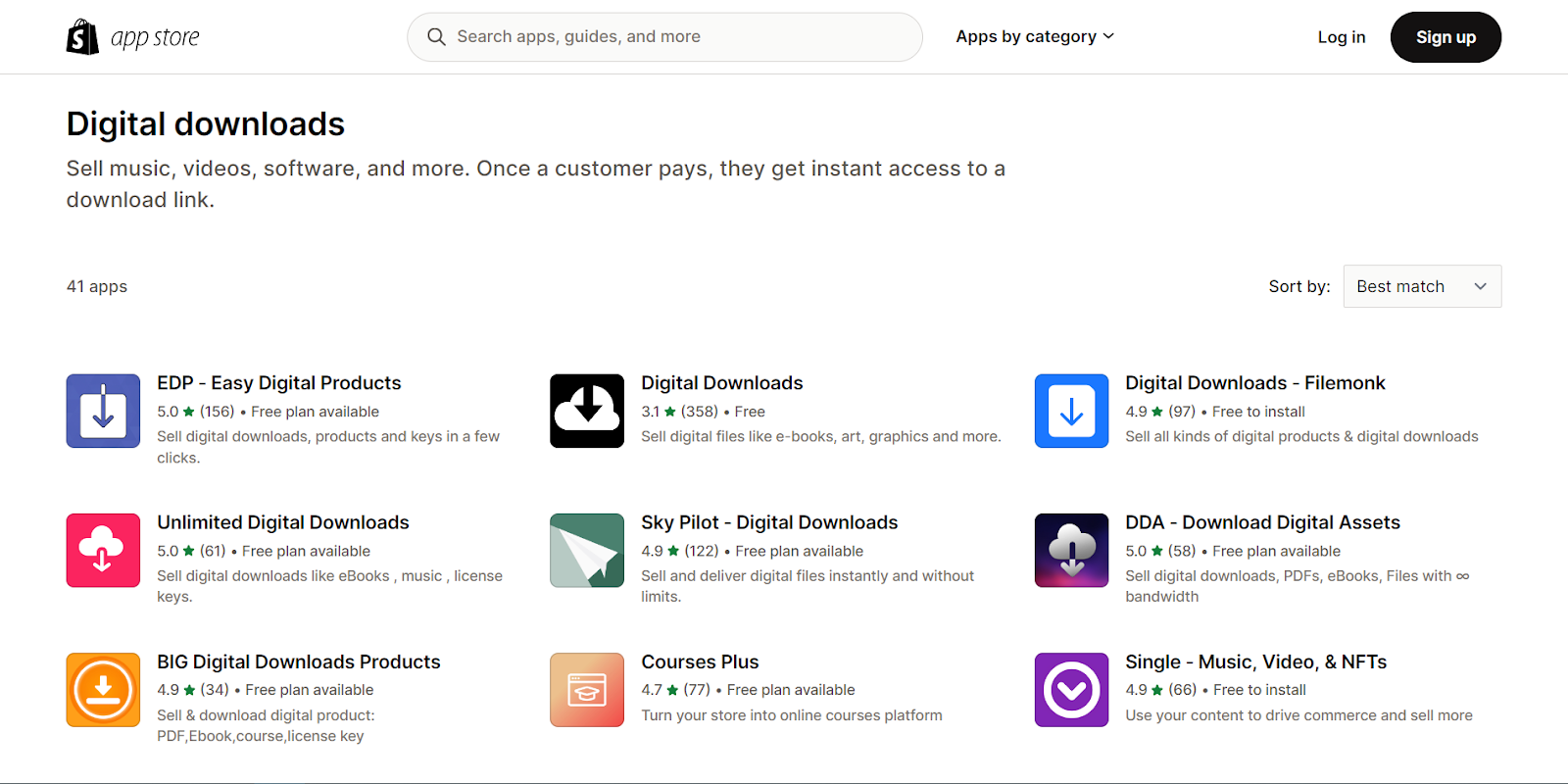
Step 3: Add Your Digital Product
Here's how to add digital products to shopify.
In the dashboard, go to Products > Add Product.
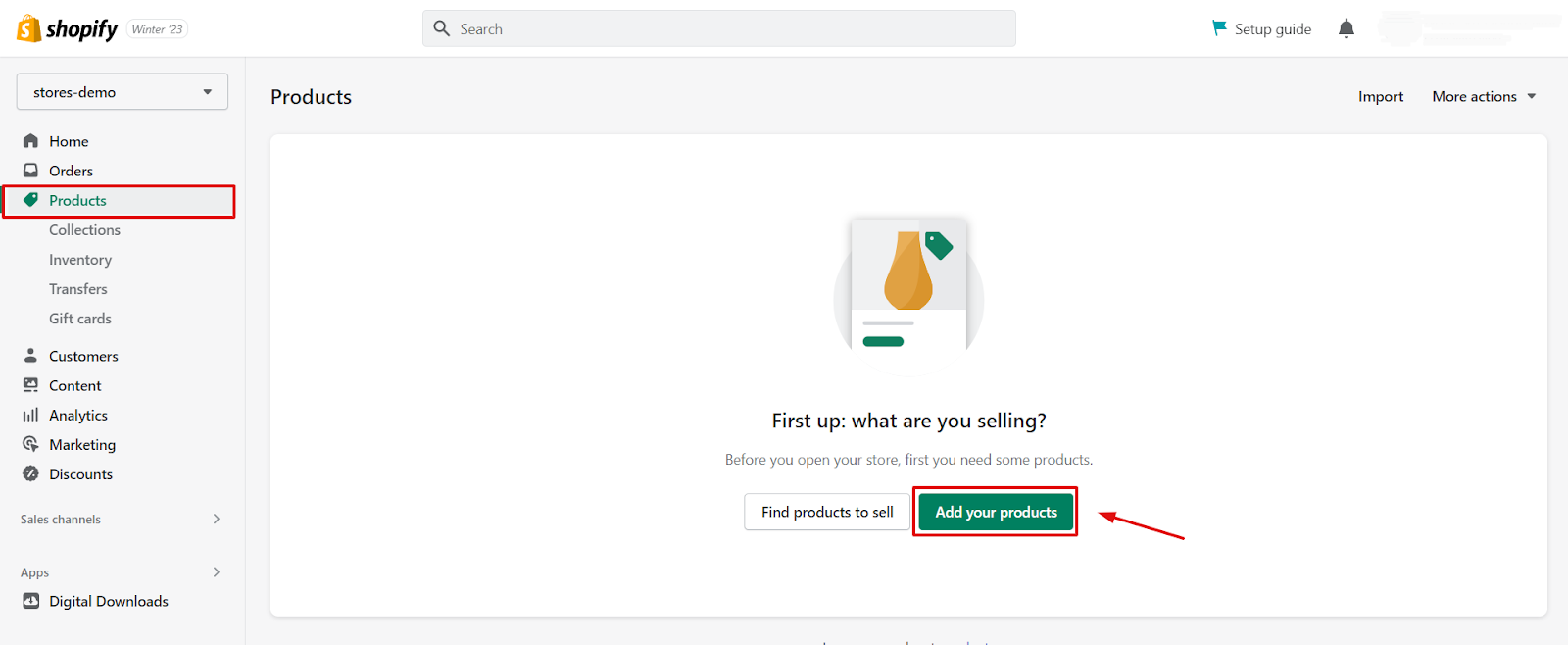
Fill in the product details: title, description, price, etc.
Use the app you installed to upload your digital file (e.g., PDF, music, video, etc.).
Add high-quality images, detailed descriptions, and use keywords to ensure your digital product ranks well in search results.
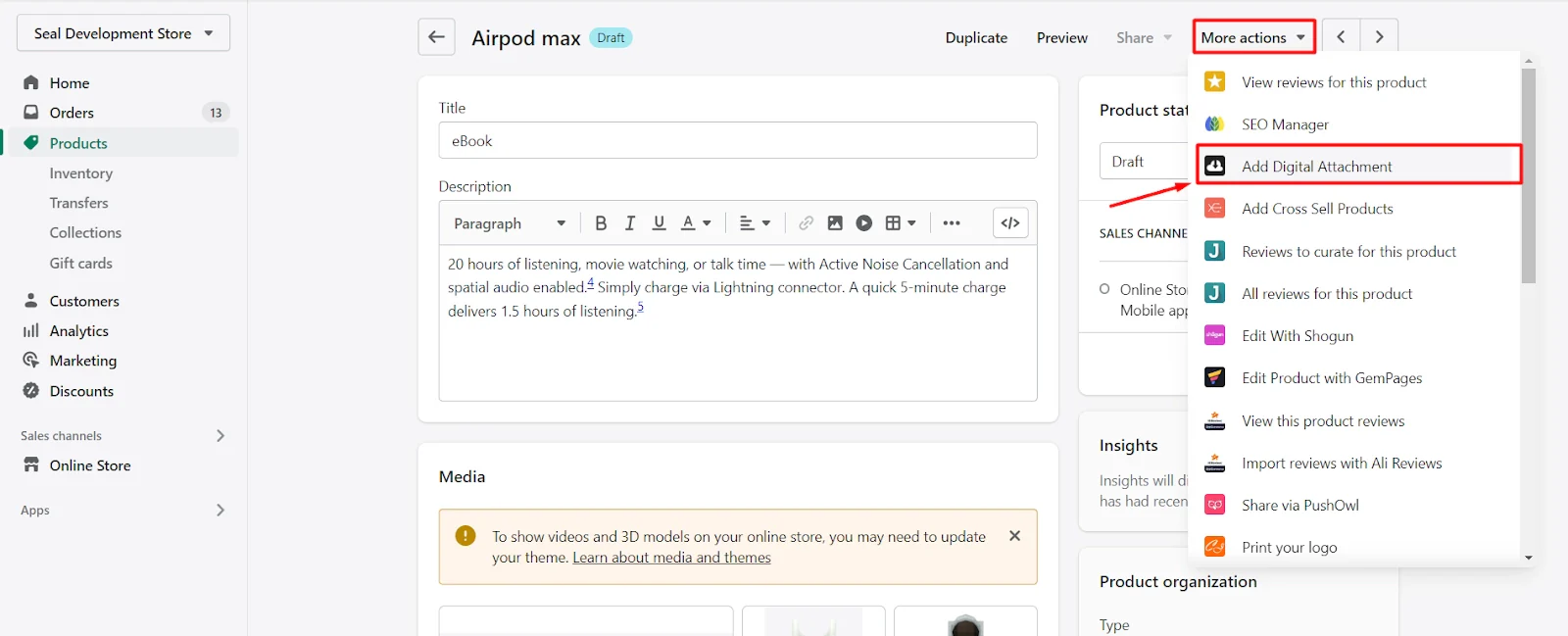
Step 5: Set Up Payment Gateways
In the dashboard, go to Settings > Payments.
Enable payment gateways like Shopify Payments, PayPal, or Stripe to accept payments from customers.
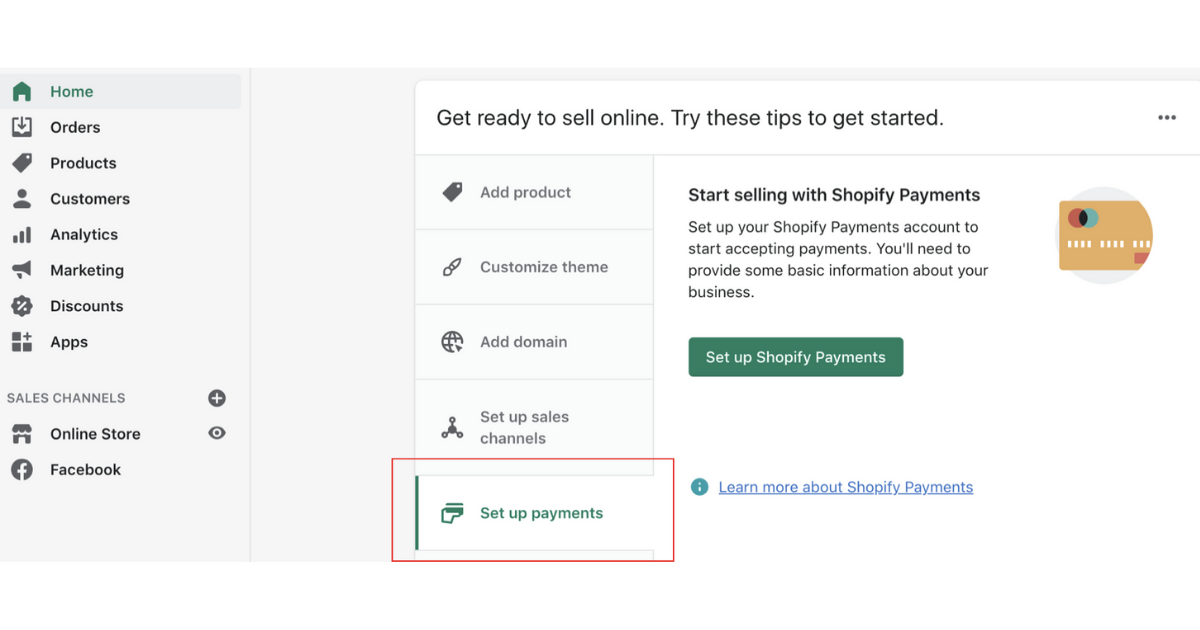
Step 6: Customize Your Shipping and Tax Settings
Since digital products don’t require shipping, go to Settings > Shipping and click the "This is a physical product" checkbox to set shipping to None for digital products.
Configure your tax settings to comply with digital product tax rules, if applicable.
Step 7: Launch Your Store
Preview your store to ensure everything is working properly.
Once you’re ready, click Remove Password in the Online Store settings to make your store live.
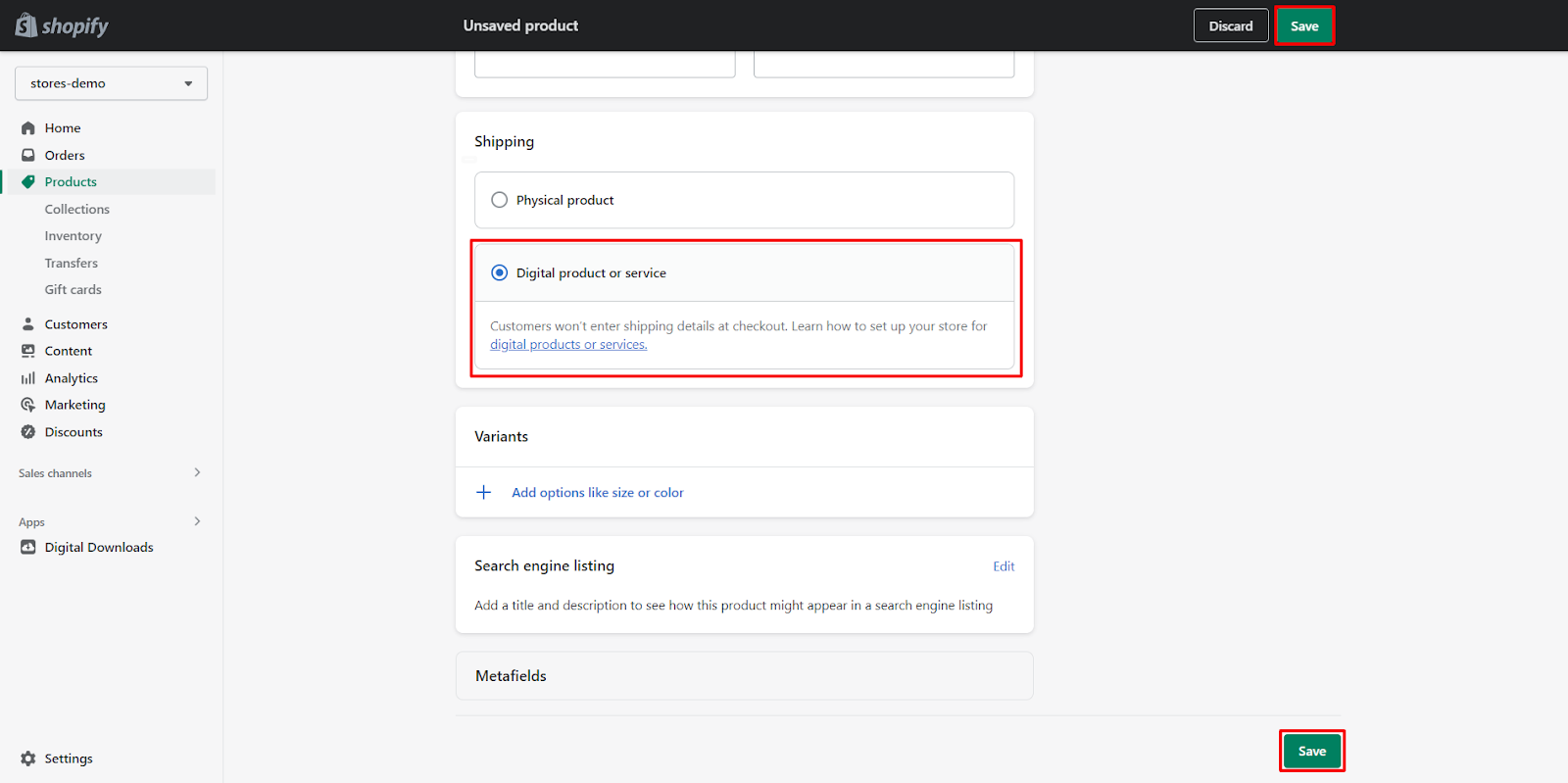
Best Practices for Selling Digital Products on Shopify
To succeed, follow key strategies that attract customers, boost sales, and keep your business running smoothly. Here are the best practices for selling digital products on Shopify!
1. Optimize Product Listings
Write clear, detailed descriptions that explain what your product is and why it’s valuable. Use keywords that people might search for so your product shows up in search engines. Also, include high-quality images or preview videos to show customers exactly what they’re getting before they buy.
2. Offer Bundles and Upsells
Offer product bundles to encourage customers to buy more at once. For example, if you sell digital design templates, you can bundle several together at a discount. You can also offer add-ons, like suggesting a tutorial when someone buys an eBook, which helps increase the overall order value.
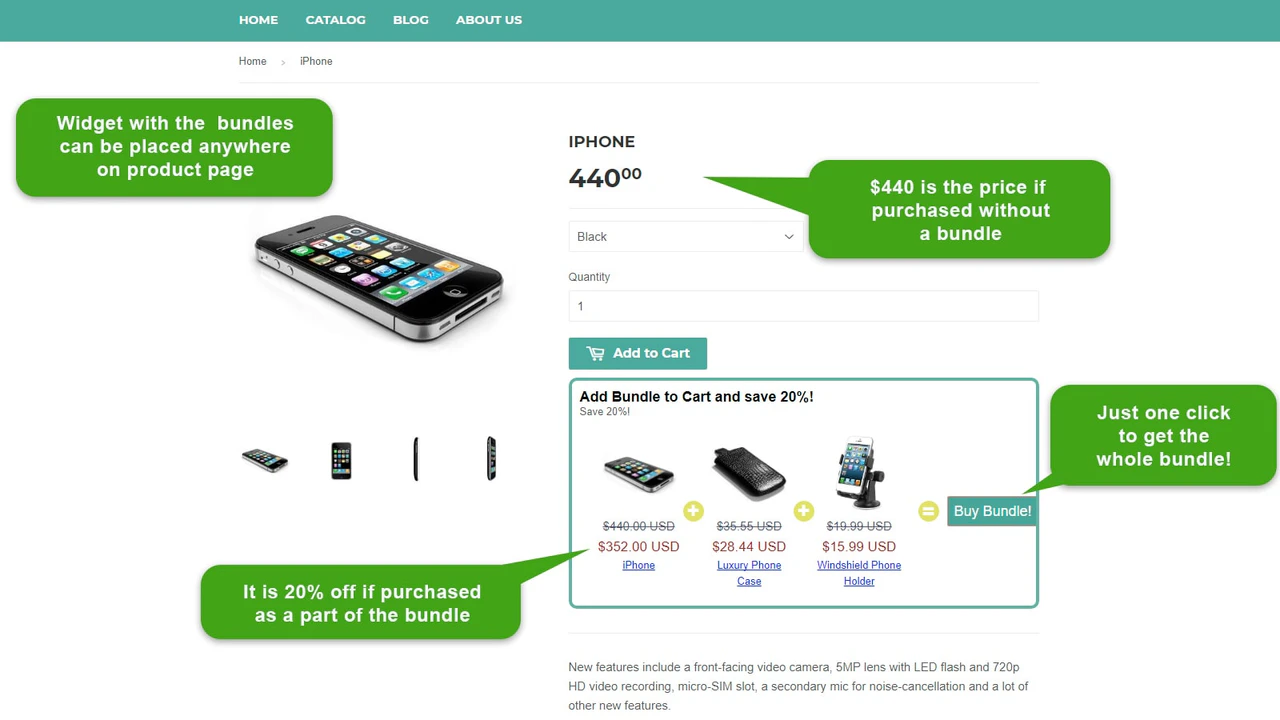
3. Prevent PayPal from Holding Funds for Digital Product Transactions
Selling digital products like tickets, gift cards, online courses,...is acceptable but may be considered as a higher risk by PayPal. Typically, PayPal holds payments from sales transactions for up to 21 days. To mitigate this delay, you can synchronize order tracking information with PayPal, which usually allows you to access your funds within 1 to 3 days, and no later than 7 days.
However, for digital product orders, Paypal tracking numbers aren’t available. In such cases, you can manually update the transaction status by following these steps:
1. Access the Transaction: Log in to your PayPal account and navigate to the specific transaction.
2. Change Order Status: Go to the “Order Status” menu and mark the order as “Order Processed”.
Additionally, you can use tools like Synctrack PayPal Tracking to automatically sync tracking information with PayPal. By implementing these methods, you can effectively prevent PayPal from holding your money for the standard 21-day period.
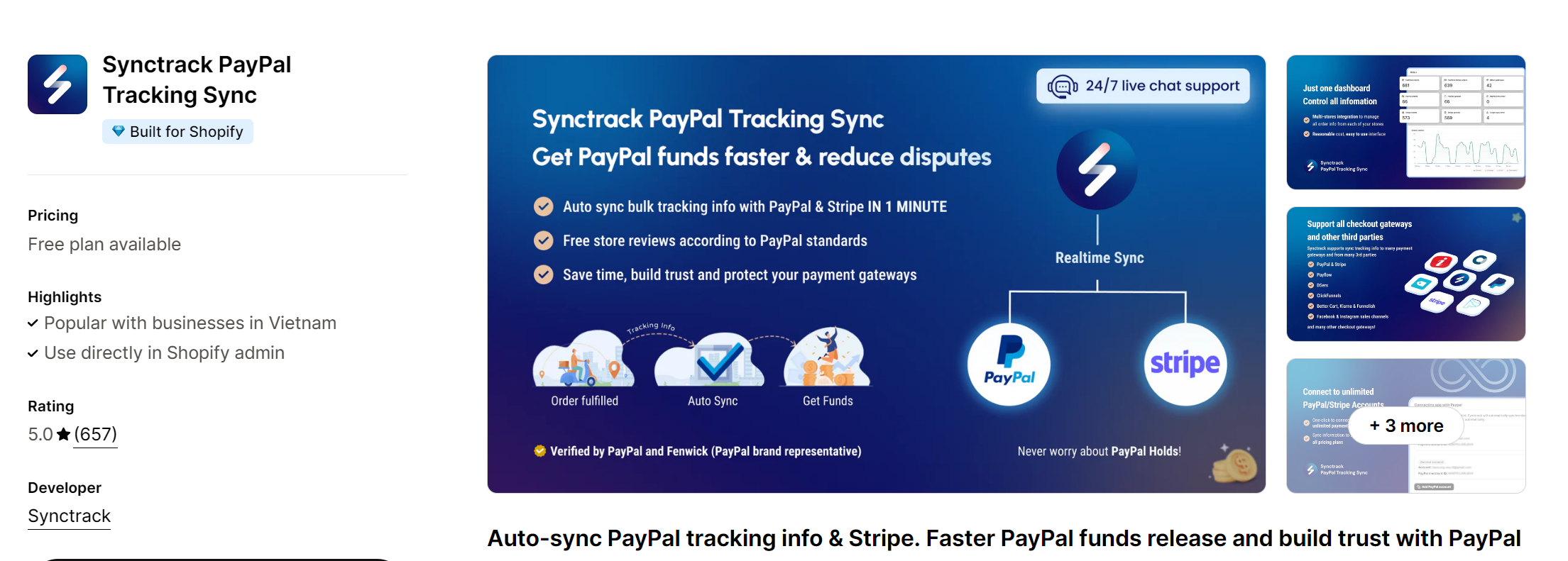
4. Use Email Marketing
Build an email list and send out regular updates to your customers. Share news about new products, discounts, or helpful tips related to your products. Email marketing is a great way to keep customers engaged and encourage them to come back and buy more.
5. Leverage Social Proof
Display customer reviews and testimonials to build trust with potential buyers. Positive feedback helps convince others that your product is worth buying. You can also feature user-generated content, like photos or videos from customers using your products, to strengthen credibility. Try Trustify Review App to import reviews from Amazon, AliExpress, Google, Etsy, Facebook,..and customize widgets with advanced settings-Review box, Review carousel, Review pop.
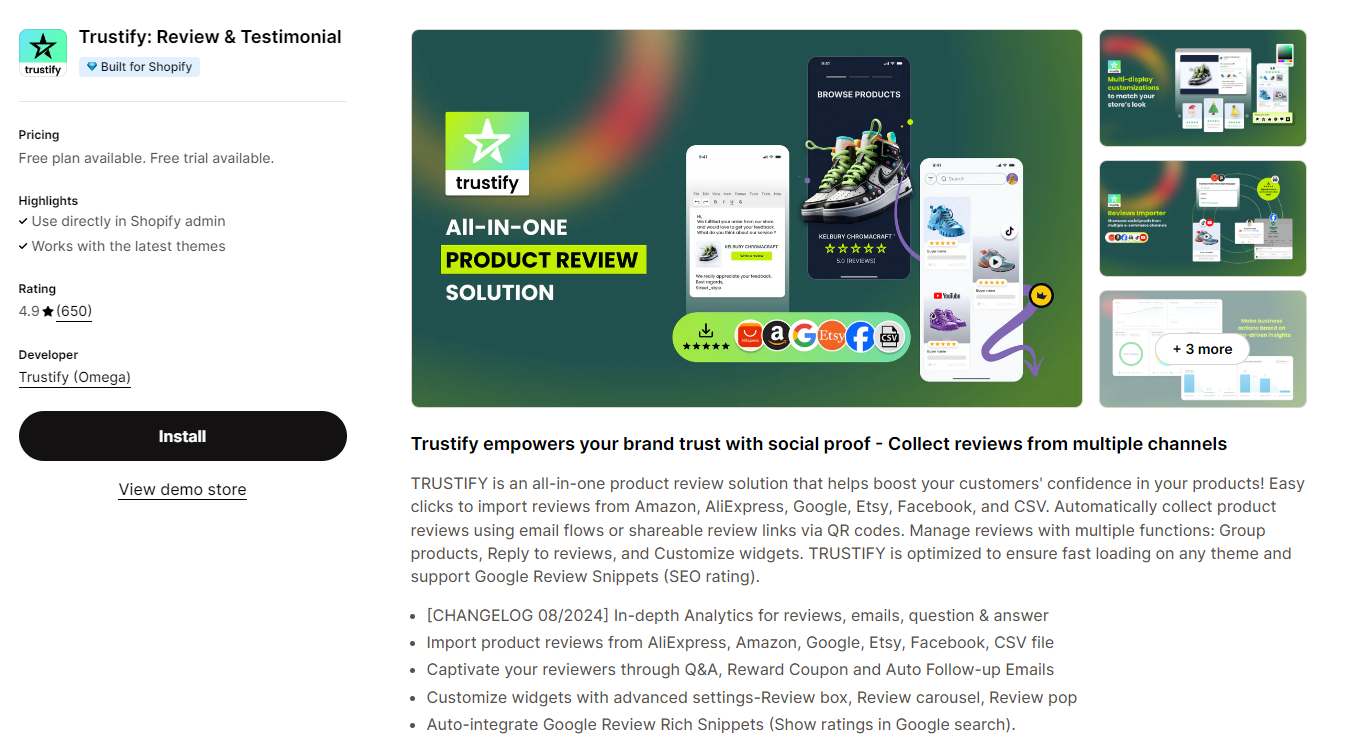
Examples of Shopify Digital Product Store
Looking for inspiration on how to sell digital products on Shopify? Check out these successful stores that have mastered the art of digital sales. All the data below is sourced from SimilarWeb to give you real insights into their performance.
#1 Nicolesy
Nicolesy is a digital product store created by photographer and author Nicole S. Young. Based on the data, the store attracts an estimated 43,410 visitors per month. They offer over 50 digital products specifically tailored for photographers and creative professionals.
Products: Lightroom presets, Photoshop actions, textures, overlays, eBooks, video tutorials.
Total products: 50+
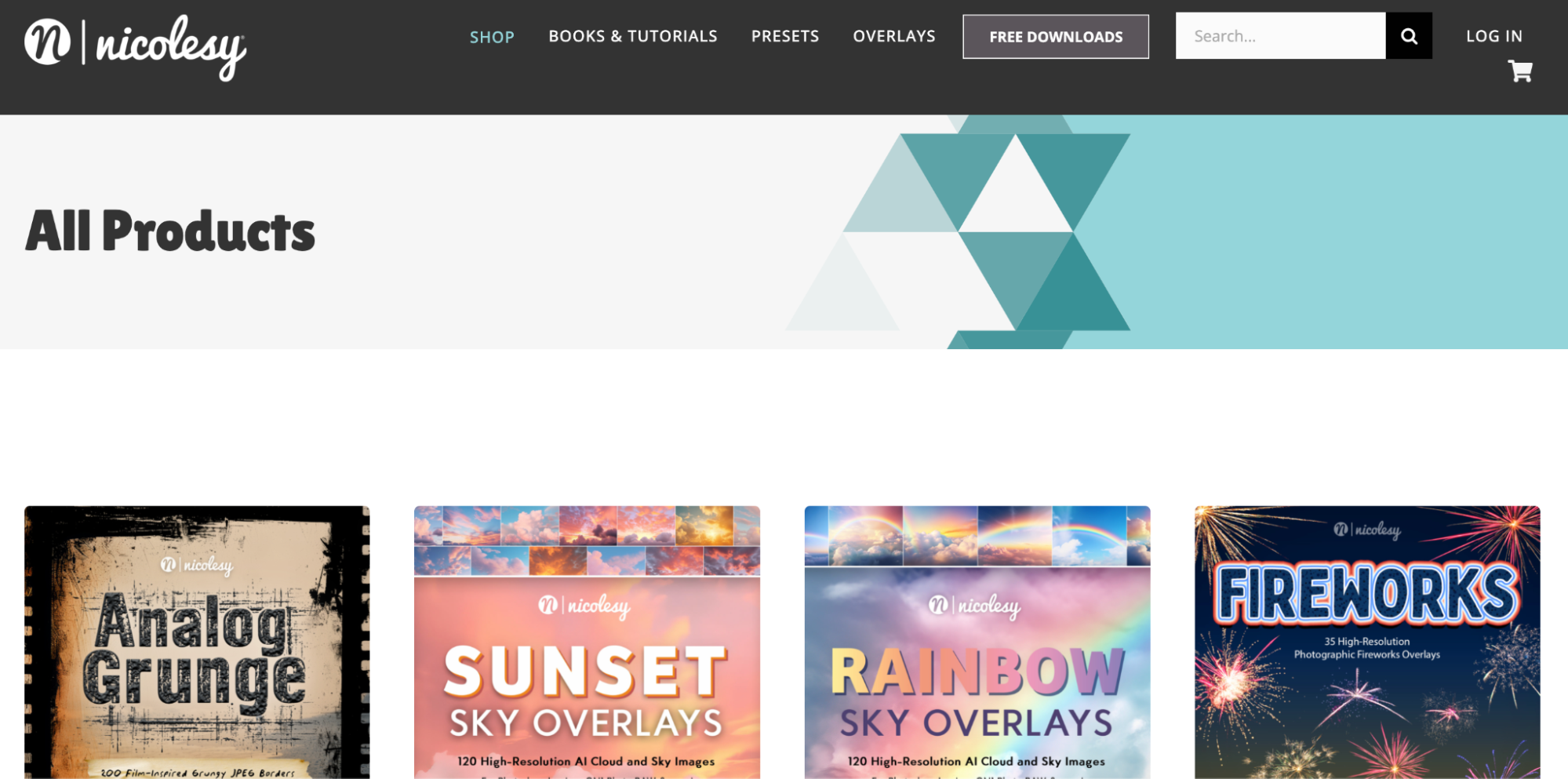
#2 A Book Apart
A Book Apart focuses on crafting concise yet thorough books tailored specifically for web developers and digital professionals. The store draws roughly 34.2K visitors each month, delivering critical resources to those aiming to deepen their skills in web design and development.
Products: eBooks on topics like HTML5, CSS3, responsive web design, and content strategy.
Total product: 60+

#3 Gauge Girl Training
Specializing in fitness and nutrition, Gauge Girl Training provides a range of eBooks designed to help individuals reach their health goals through meal prepping and workout plans. In 2023, the store reported an estimated revenue of $7.1 million, reflecting its success in the fitness industry.
Products: eBooks covering topics such as meal planning, macronutrient tracking, and fitness training, all designed to meet different health goals.
Total Products: 10+
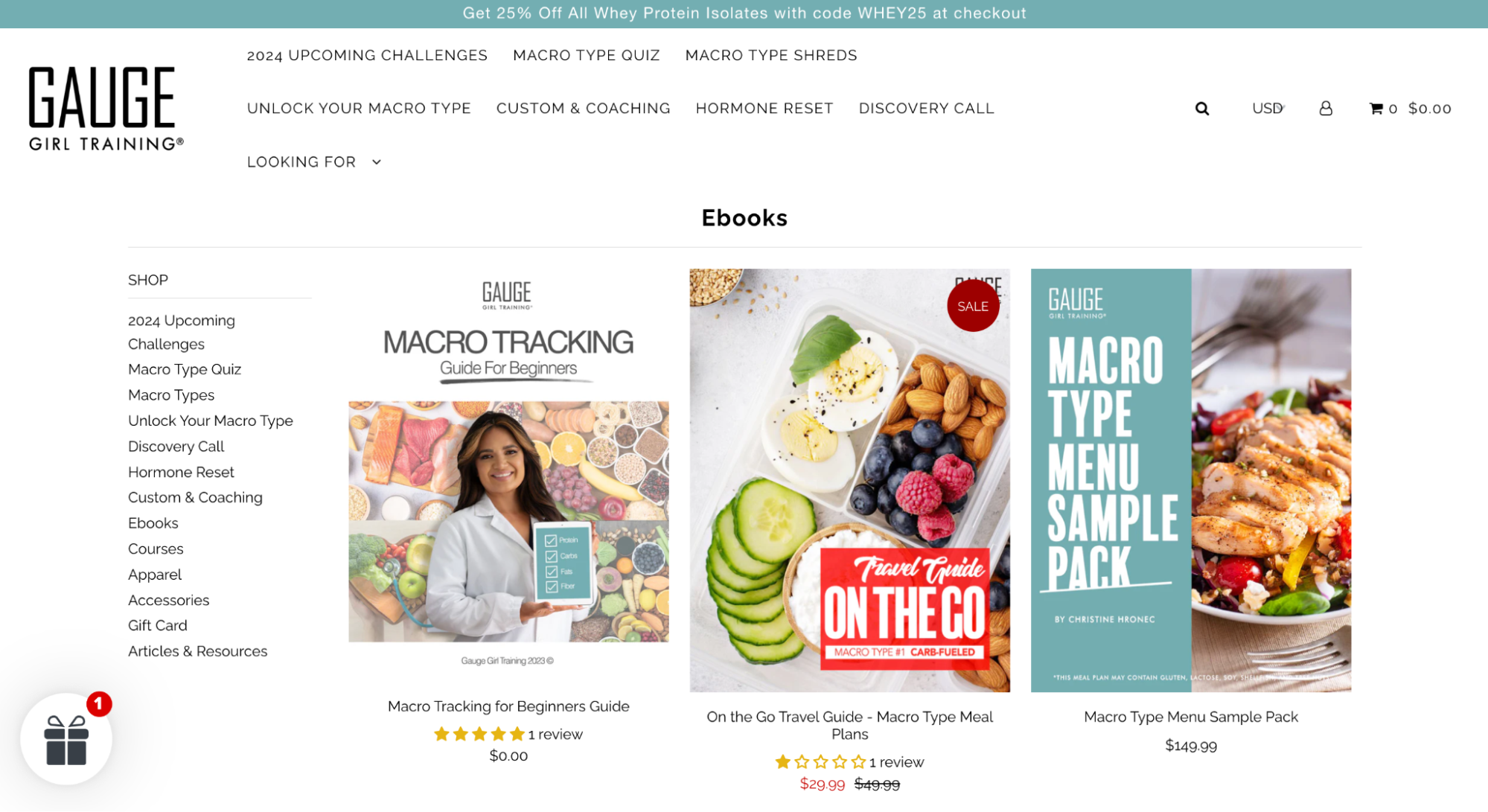
FAQs for Selling Digital Products on Shopify
Many of my customers frequently ask about selling digital products on Shopify. To help address these common inquiries, I've compiled a list of FAQs that provide clear answers:
Can I sell digital printables on Shopify?
Yes, you can sell digital printables on Shopify, but you’ll need a digital downloads app to do so.
Shopify’s App Store provides various options, like “Digital Downloads” by Shopify and “Downloadable Digital Assets.” These apps streamline the delivery process by automatically sending customers download links after they make a purchase.
What is the size limit for Shopify digital products?
The maximum file size you can upload for a digital product is 5 GB.
How many digital products can I sell on Shopify?
There’s no limit to the number of digital products you can upload. However, once you have over 50,000 products, you are limited to uploading 1,000 new products per day.
Can I offer free digital products on Shopify?
Yes, you can offer free digital products as downloads. Simply set the product price to $0, and customers will be able to download it without making a payment.
Can I protect my digital products from unauthorized sharing?
While Shopify itself doesn’t offer built-in digital rights management (DRM), you can use third-party apps to add additional layers of protection, such as download limits or watermarks on your files.
Wrap up
In summary, selling digital products on Shopify is a scalable and cost-effective way to reach a global audience. With tools to automate delivery, optimize listings, and use email marketing, Shopify makes it easy to offer products like eBooks, courses, and templates. By focusing on key strategies like bundling and social proof, you can boost sales and build trust, making Shopify a great platform for growing your digital product business.
>>> Read More: Top 8 Digital Product Side Hustles to Start Your Own Business




